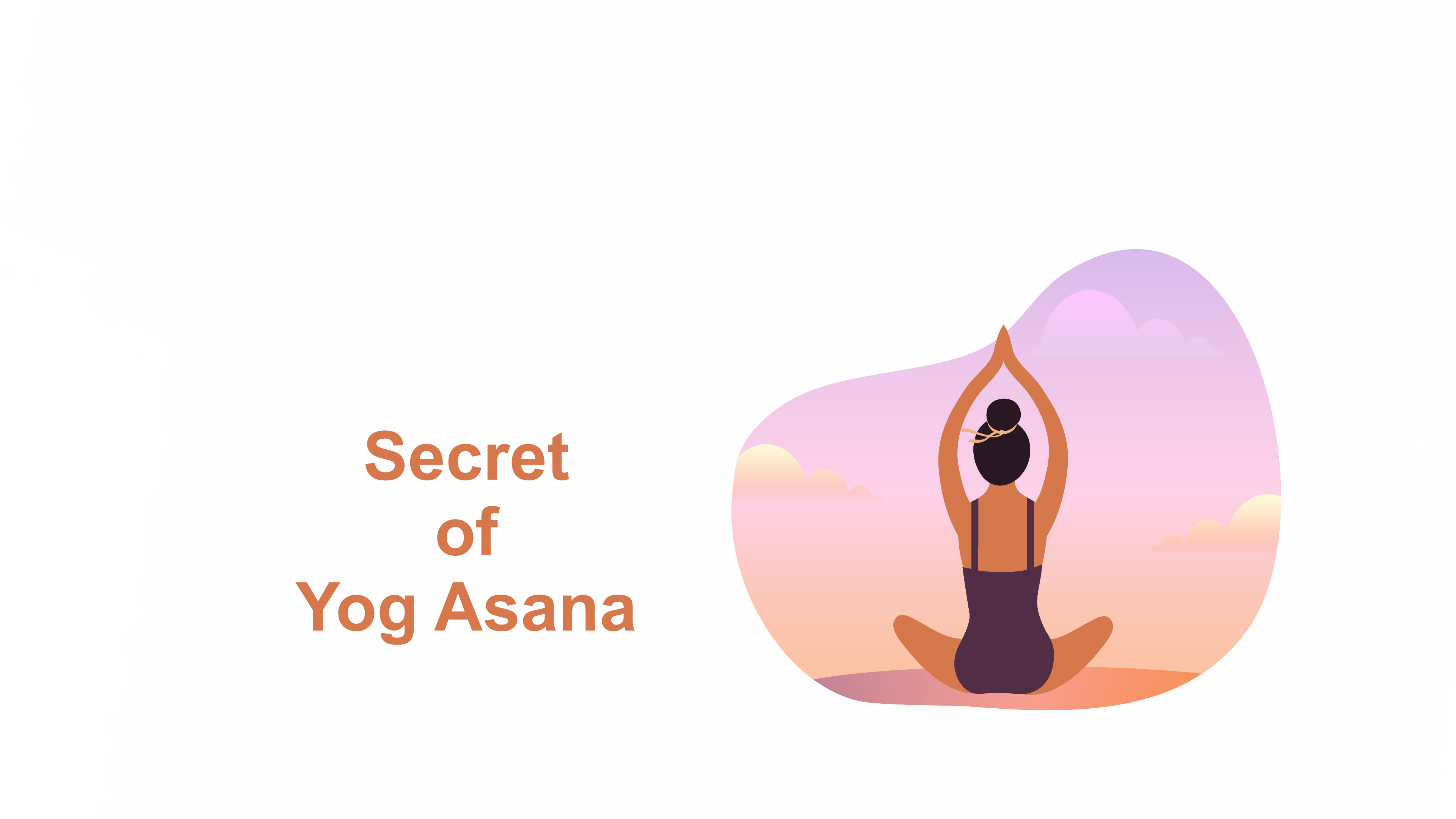
Secret of Yog Asana
3 years ago By Yogi AnoopSecret of Yog Asana
In simple terms, the absolute meaning of asana is to stabilise the body in a particular posture. When guests come to visit us, we ask them to 'take a seat'. Rowdy and naughty kids are asked to clasp hands together to practise discipline.
When we try to stabilise our actions and senses tied to them, it has a calming impact on our minds as well. Sages and seers know that by stretching parts of the body, the mind can be calmed. Thousands of years ago, to calm the mind, the body was given pain like standing on one leg for years, hanging upside down on a tree for months and years, etc., but later came the method of sitting and stabilising the body.
Seers and sages often emphasise stopping the five sense organs (hand-foot-mouth-anus and genital organs) in yoga. It was believed that they gained experience by stopping and stabilising these organs and actions associated with them, thereby calming the mind.
This aspect is tied to hatha yoga. In hatha yoga, great importance is given to exercising and strengthening the spine to get into a posture for a long time, in one place. Remember, if the spine is not strong then the body cannot be seated for a long time. The moving air inside the body does not allow the body and the senses to be in one state for a long time, so the sages arrived at different types of asanas and postures of the spine.
Generally, to stop the incessant chatter of the monkey mind, the brain starts working automatically with the muscles of the body, just how any animal calms itself by running several times a day. Similarly, to calm one's mind, man makes aggressive movements in the muscles. After hyperextending the body, the mind feels relaxed and stagnant for a few hours.
However, note that this state of calmness is due to muscle activity and not nerves. In order to achieve a longstanding and permanent state of calmness, asanas, pranayama and dhyana are the only way out. Below, we list down asanas that are extremely beneficial in calming the mind, these must be followed by Gyan yoga and meditation for a holistic and enriching experience.
- Tadasana
- Bhujangasana
- Shalabhasana
- Dhanurasana
- Bhunaman asana
- Janunaman asana
I am very pleased with the honesty of the hatha yogis when they say that hatha yoga cannot lead to the realisation of the ultimate truth. They say that the ultimate liberation is possible only through knowledge after the practice of hatha yoga, the ultimate liberation means the complete stillness and calmness of the mind.
If these asanas are practised regularly under the guidance of a spiritual master, then the balance of Vata, Pitta and Kapha inside the body can be easily achieved. Along with this, food and Yama Niyama should also be taken care of in the accomplishment of the practice of these postures.
Recent Blog
Copyright - by Yogi Anoop Academy
